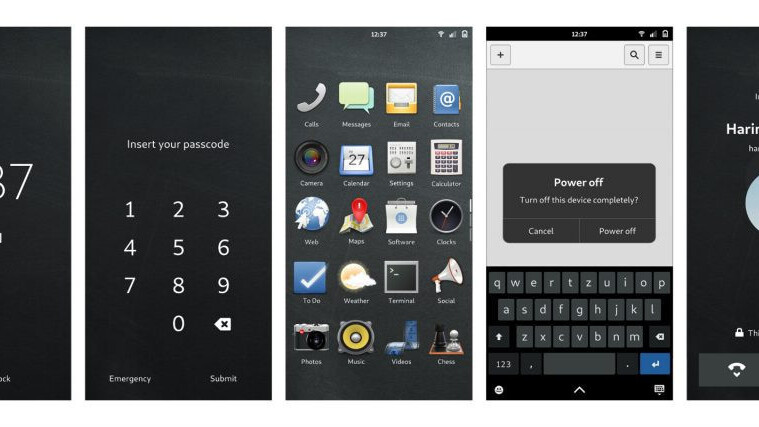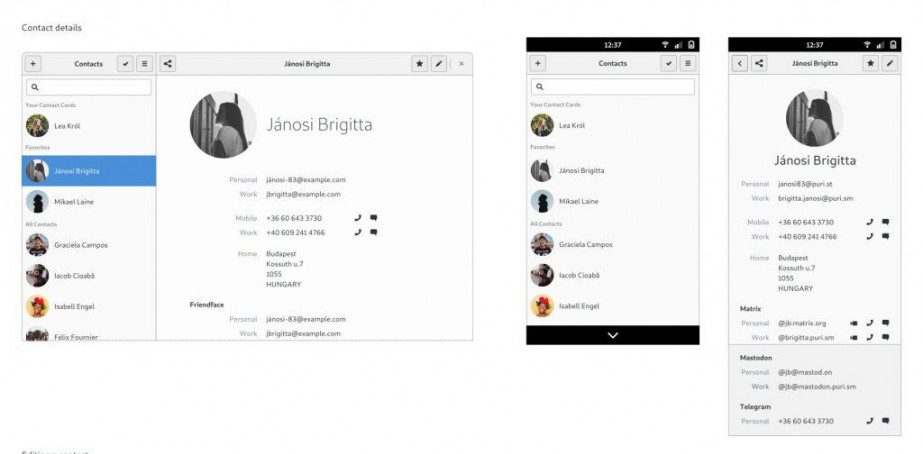
In 2017, San Francisco-based Purism raised $2.5 million via crowdfunding to bring the Librem 5 smartphone to life. The Librem 5 is privacy and freedom-focused, and allows the user to control every facet of the device, while avoiding the Internet’s pervasive surveillance.
Units are expected to ship next year, and Purism says it’s making great strides in bringing the device to life.
The company has finalized the hardware specifications of the Librem 5, and has ordered the initial developer kits from the manufacturer. These, Purism says, share the base specifications as the final model that will ship to customers.
Purism says it’s also finalized the case design, which you can see below. It’s a fairly conventional looking phone, with no notches to speak of.

That said, it’s weirdly good looking, in a utilitarian way. I mean, if big, blocky rectangles are your thing.
You wouldn’t expect such a niche device to be a looker (especially when it’s raison d’etre isn’t aesthetics, but rather privacy and security), but I kinda like the simplicity of the soft-gray back, and its silver-colored rim.
Unlike most other phones, the Purism doesn’t run Android or iOS. Instead, punters have a choice between Purism’s open source PureOS, or the recently-revived Ubuntu Touch.
Building your own mobile OS is no easy feat, and the company has been hard at work in creating the requisite apps for a smartphone. Purism says it’s made significant progress in building the PureOS calls and contacts app — both of which are essential for the device to work as a phone.

In a statement, Todd Weaver, founder and CEO of Purism, said, “The progress we’ve made over the last seven months is exciting, and it is a thrill to see the Librem 5 that much closer to getting into users’ hands. We have an extremely qualified team of engineers and designers building the Librem 5 according to schedule, as well as our proven manufacturing capabilities to meet our delivery goals.”
The phone is expected to ship in January of next year. When it drops, users will have a device that’s open source at every level — from the OS to the firmware. And unlike any other phone on the market, users will be able to deactivate facets of the phone (like the baseband or camera) by pressing a hardware switch.
Get the TNW newsletter
Get the most important tech news in your inbox each week.




